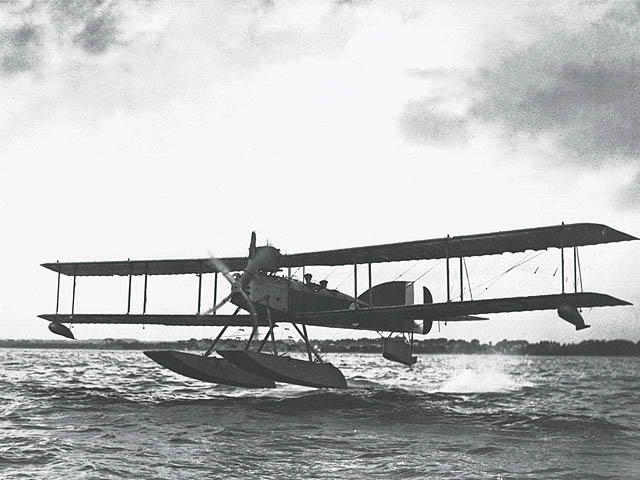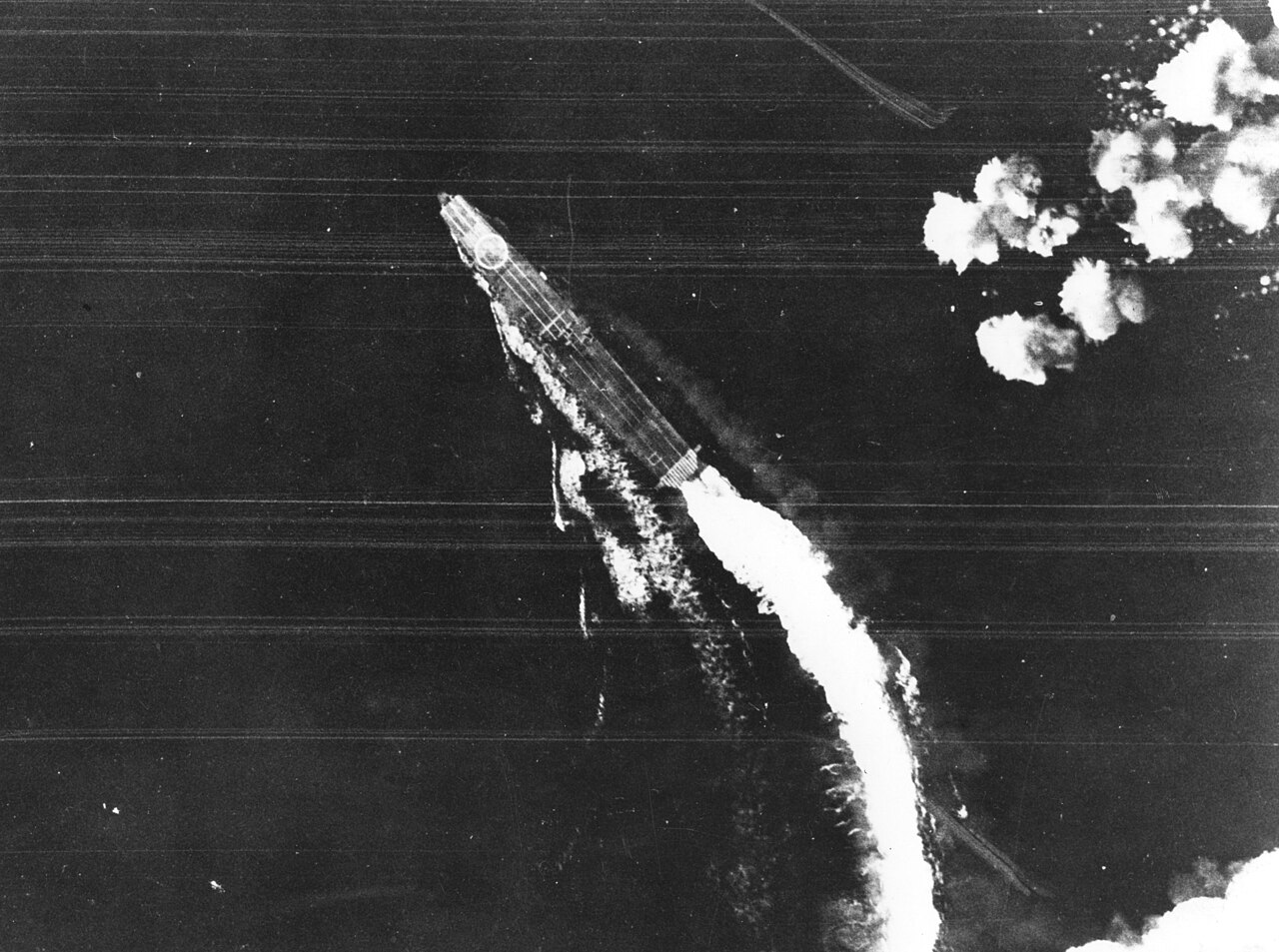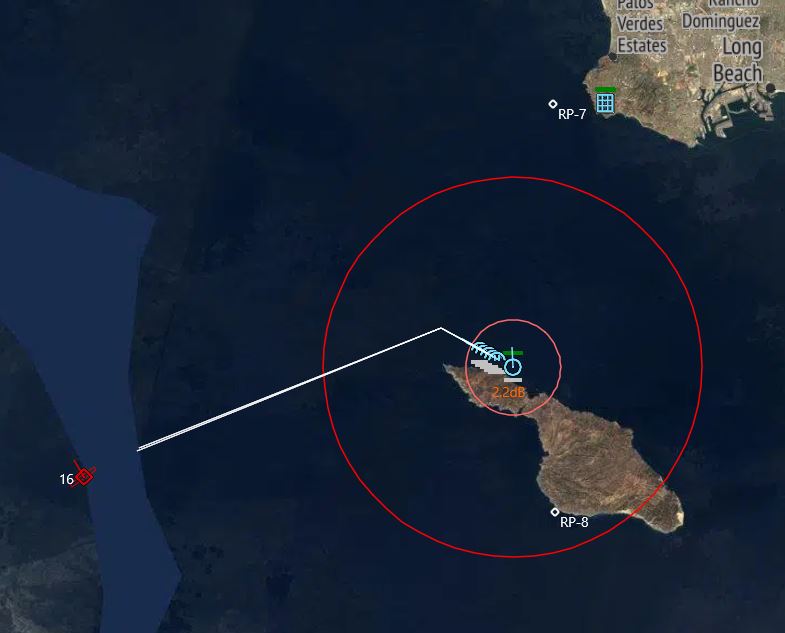The torpedo had long been the best way to let water into a ship, which is ultimately what was required to sink it, and it was clear from WWI onward that this would be a major weapon in the arsenal of the airplane. But early torpedoes were imposed strict limits on the speed and altitude of the dropping aircraft. Even in 1930, this was rarely more than 100 kts and 50'.

A flight of Swordfish torpedo bombers
By this point, it had became clear that the solution to the dropping problem would have to involve some sort of attachment to the torpedo to help keep it on course during its flight through the air. The idea seems to have originally been developed by the Norwegians, who fitted their torpedoes with an "air tail" consisting of wooden and canvas flaps that were operated by the torpedo's normal gyro mechanism and which separated on impact with the water. Most nations used some variant of this idea, often including both a wooden stabilizer and some method of roll control, all of which allowed greater speed and altitude, a process that also saw torpedoes strengthened to withstand the greater force of impact. The British, sharply weight-limited, were forced to drop an example of their torpedo at greater speeds until something broke, strengthen that thing, then repeat the process until the next thing failed. At the outbreak of war, the Japanese were probably the world leaders in this, with the Type 91 Mod 2, which had been subjected to extensive drop tests in the interwar years, capable of dropping from 330' and 200 kts. Read more...




Recent Comments